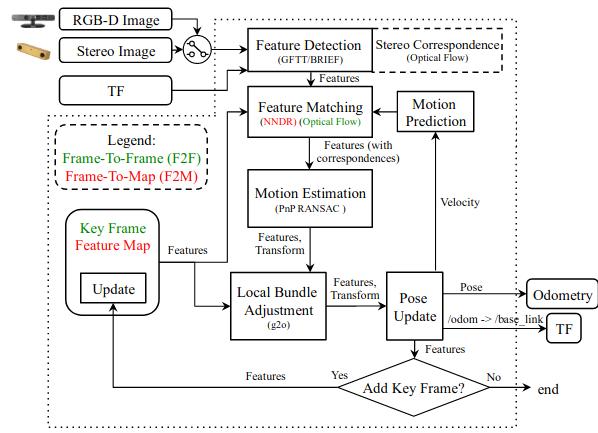Which part of rgbd_odometry uses most of computational power?
When trying to profile rgbd_odometry node apparently the process gets so slow that it no longer works -- after inserting commands as to use valgrind it doesn't show up any images in Rviz and reports "no data since 5s error" whereas without valgrind everything works fine. Sysprof or the usual htop show up that rgbd_odometry node uses most of the computational power (which IMHO is just logical) but don't say which function is the most intense one ... I would like to know which one it is, in order to try and rewrite it either using OpenCL or else using DPC++ and offload the computation to GPU.
Using ROS2 Foxy on Ubuntu 20.04



